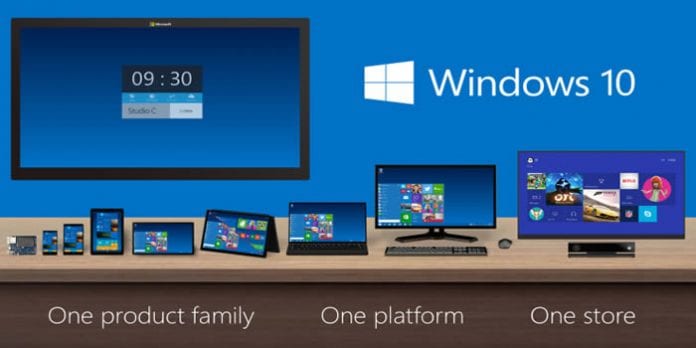Microsoft Corporation (NASDAQ:MSFT) has discretely released two vital activation resources that were missing in the original launch of the Windows 10 operating system.
Microsoft has been working on how to simplify its updates deployment process, and Windows 10 was designed to fully bring out the easy upgrade features. However, the firm did not disclose exactly how they wanted to handle the updates until now thanks to the new activation resources.
The resources will provide fundamental guidance on how the product needs to be activated and how to handle further OS upgrades in the future. The company has created a dedicated official web page to address that explains the various activation directions that the firm has enabled on Windows 10. The page has explained a few things such as “Activation”, which is the process that establishes whether the copy of Windows running on a device is genuine. It also explains Digital entitlement as the new method of legitimately activating Windows 10 without the need for an activation key.
The page also lists the different ways that users may have obtained the new Windows OS. Free upgrades from Windows 7, Windows 8 and Windows 8.1 are at the top of the list. It also features a preinstalled version when buying a new device and purchasing the OS from an authorized dealer or retailer. The web page also lists down the required activation method. There is also a section that contains guidelines on how to activate the Windows 10 Insider preview, activating Windows after reinstallation, and activating the OS after a hardware configuration.
Microsoft has also created a consumer guide page dubbed the “Need Help With Windows” page. It contains activation links and other topics. Microsoft officials published more guidelines for Windows 10 on the Windows as a Service Policies about a week ago. The company also published a “Windows servicing” for different Windows 10 categories of users. The new introductions are in line with the company’s goal to release two or three upgrades on an annual basis.
Sources: zdnet









